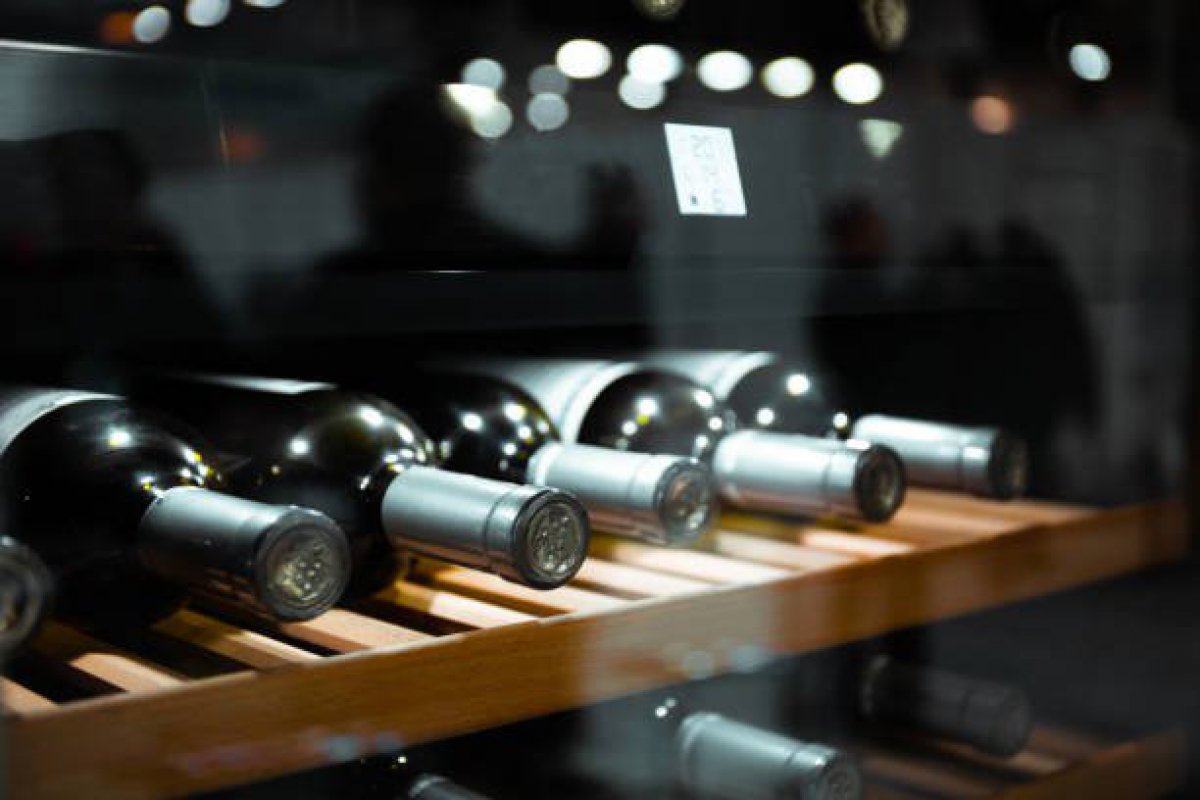
Amateurs find themselves, one day or the other, confronted with the issue of storing their bottles, gleaned from their tastings, exhibitions or meetings with winegrowers on their domains, such as that of André Brunel.
For preservation, aging, tasting or storage, an amateur must have a tool worthy of the name. There are many different utensils, depending on the needs of each one.
We take stock here so you can find out.
To choose correctly: know your needs
In order to select the cellar that the amateur will need in the plethora of offers, he must first think about his own needs:
- The primary use: why is the user looking for a place to store his latest wine discoveries? Is it simply storage? Is it temperature setting? Or is it also to make them age efficiently? Several at a time? Depending on the answer, the choice will be different.
- The number: how many trophies are to keep? Ten? Fifty? More than a hundred? Depending on the quantity, we will have to turn to models small, medium, large or even XL.
- The place where it will be placed: will this storage tool, which can be very aesthetic nowadays, be placed instead in a kitchen? A living room? Or simply in the garage? The choice is also made in relation to the location.
The different elements to take into account in your choice:
- Temperature: it is essential to choose a model that avoids thermal shock, which is very bad for the storage of bottles. The ideal is between 10 and 14°: too cold, the liquid contracts and ages more slowly. Too hot, maturation accelerates and prevents reaching the peak. The choice of the wine cellar must therefore take into account above all the regulation of heat. An electronic thermostat is an essential criterion nowadays.
- Ventilation: In the technical criteria, ventilation is essential: the air must circulate without odours or vapours. Looking for a filter, such as a charcoal filter, is essential.
- Humidity: the humidity must be between 50 and 75%. To be sure that this parameter works, there must be a hygrometer inside to be able to easily control the rate. Indeed, high humidity is not really a problem, except for the labels, while the dryness will deteriorate corks and alter the quality of the wine.
- Opacity: Light will create alterations and deterioration. So we need one with door glass that handles UV light and a suitable light inside.
The different model types
Here are the different models, from the least to the most technically efficient.
The temperature control cabinets
These are the least expensive models.
Often of a smaller capacity than the others, these wine cellars are quite basic and will not allow the cuvées to age.
Nevertheless, for occasional use, or for small spaces, they are a first step for the amateur. They can land or fit.
Service wine cellars
The latter are intended for almost daily use, for amateurs, or, for example, for restaurateurs.
The goal is to keep the wines at the right temperature before tasting. They do not allow the cuvées to age: they must be drunk relatively quickly, for example in six months.
One advantage of some of these models is the presence of racks to put back the bottles already started, extremely convenient for the family or the daily life of a restaurant. In higher models, the choice of lighting under each shelf or removable lighting can be very convenient to easily locate the desired bottle.
Aging wine cellars
This model is the ultimate lover of good bottles: with a unique temperature, it allows the ageing of the cuvées until they reach their peak.
The conditions are indeed similar to those of a natural cellar, at the winemaker and also allow a perfect conservation. The capacities are greater and do not alter the vintages.
Multi-temperature cellars
This last category can be declined in aging and service.
The advantage is a control of the different temperatures according to the preserved cuvées.
For example, some whites drink much cooler than reds. You can keep a dry Vouvray or a sparkling 10° and a Bordeaux 17°.
The choice of the model thus depends on your use, the price that seems reasonable to you and the technical characteristics corresponding to your expectations in terms of wine conservation.
Published : 2022-06-07

